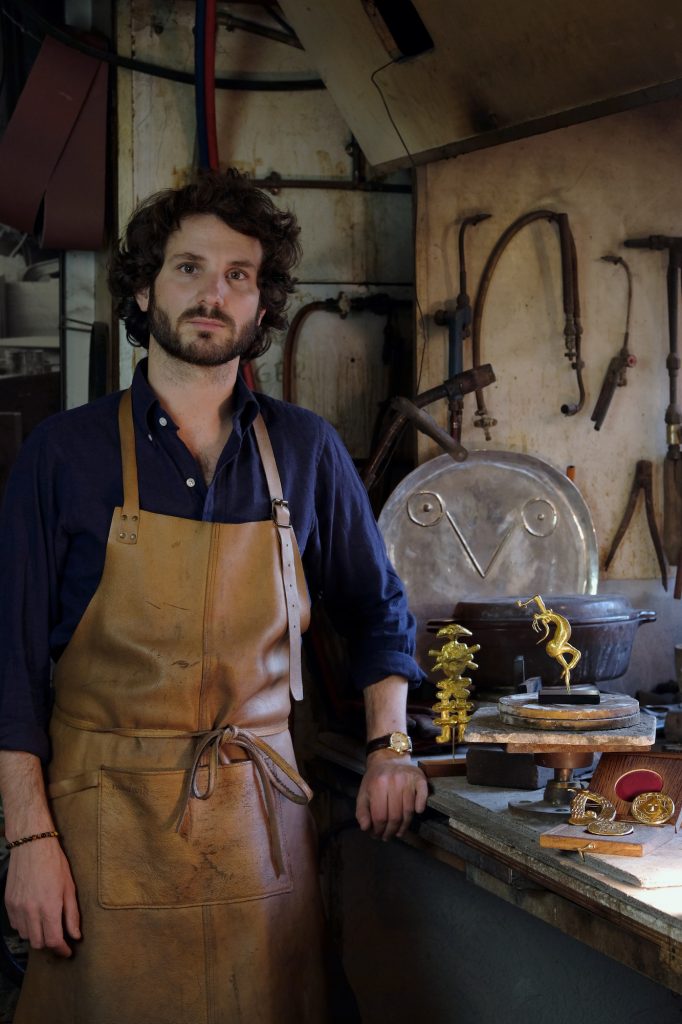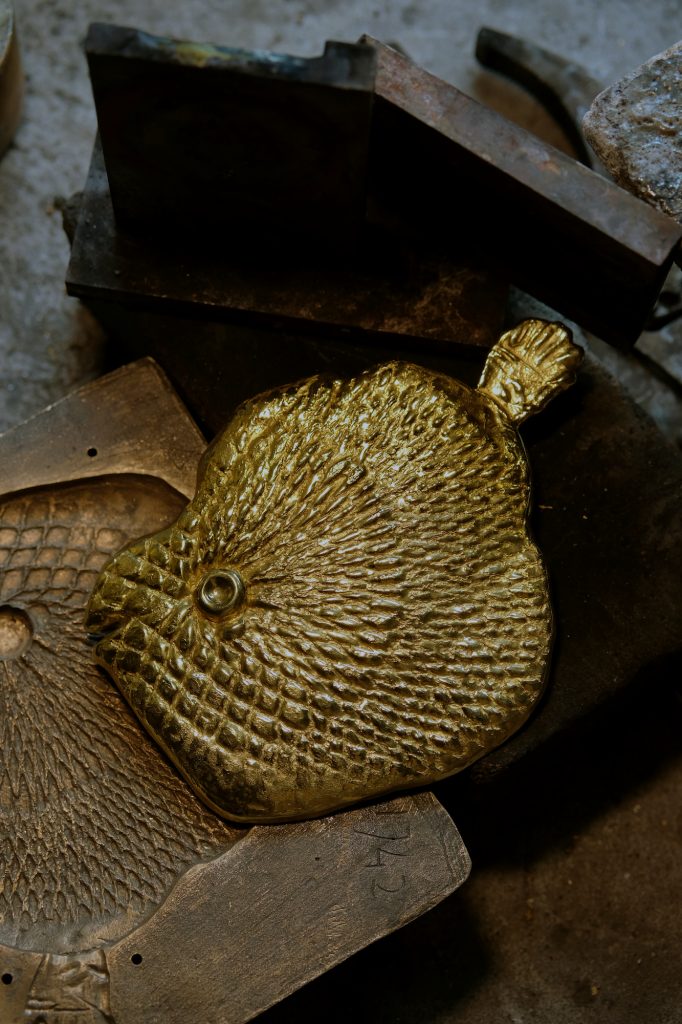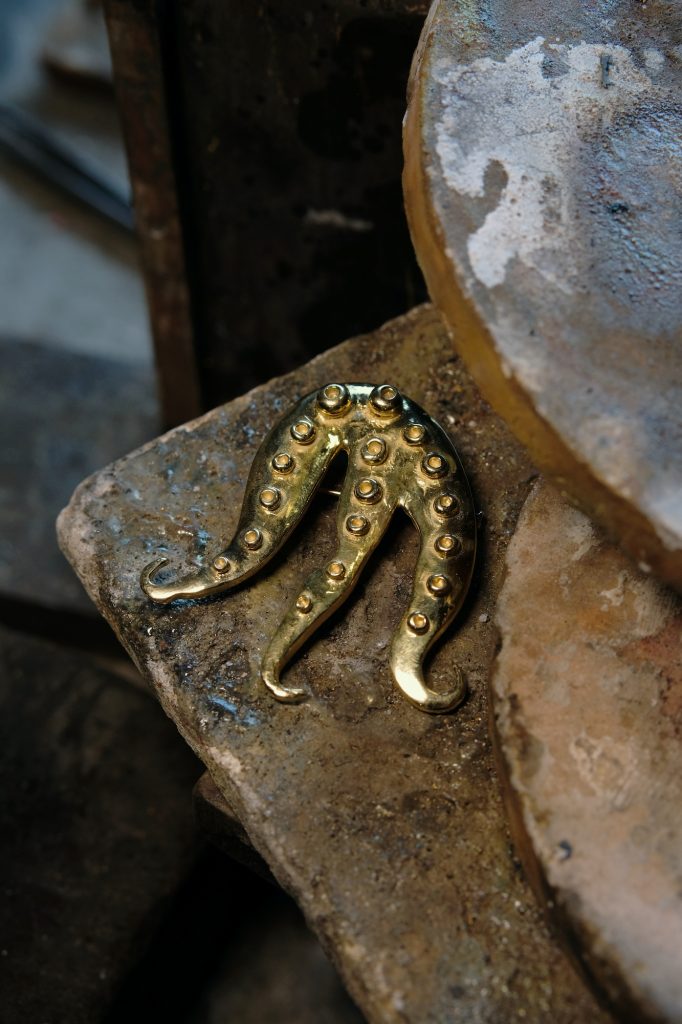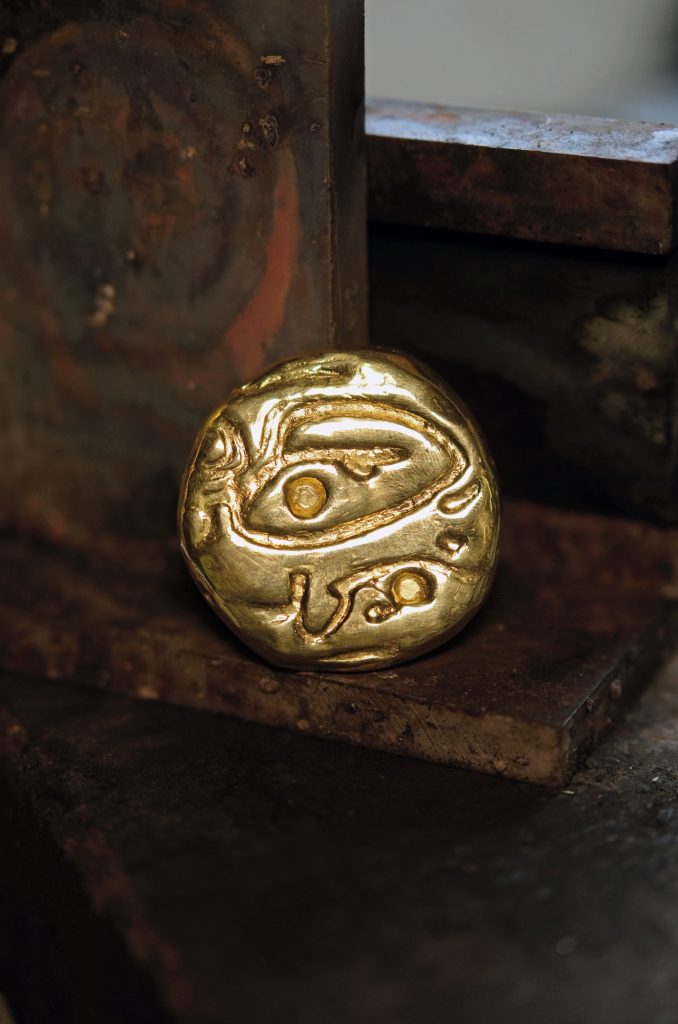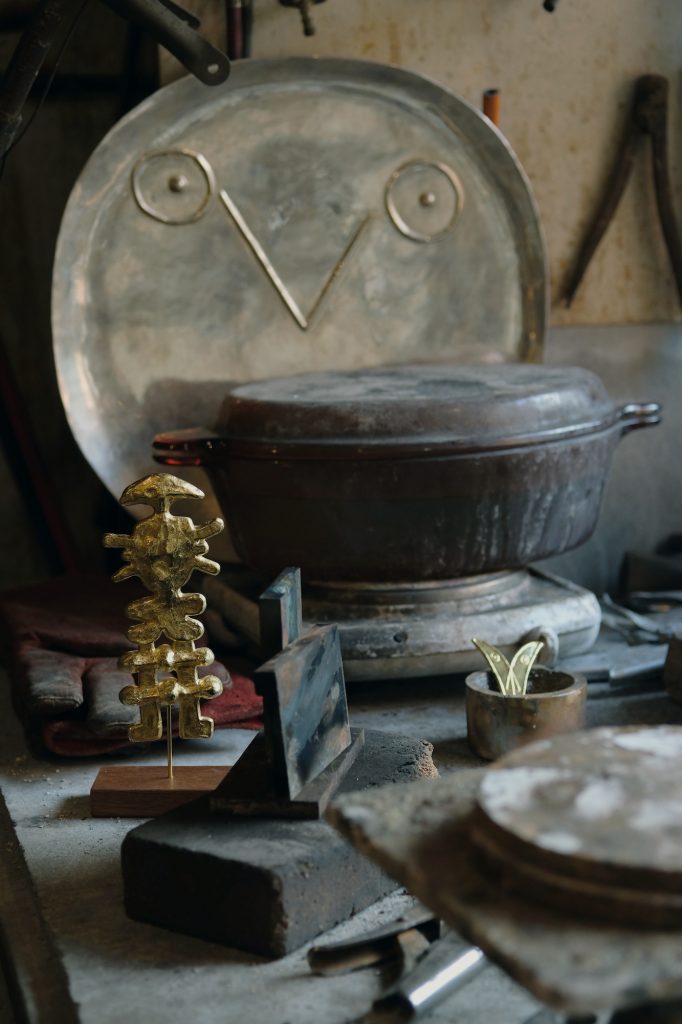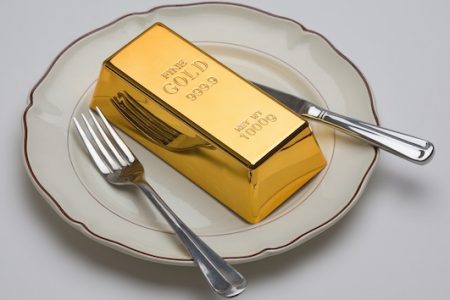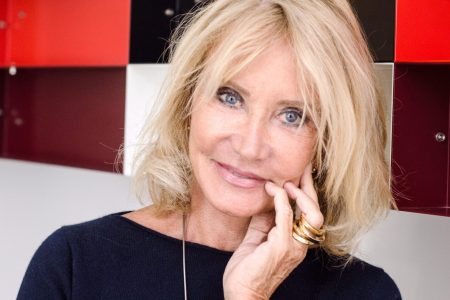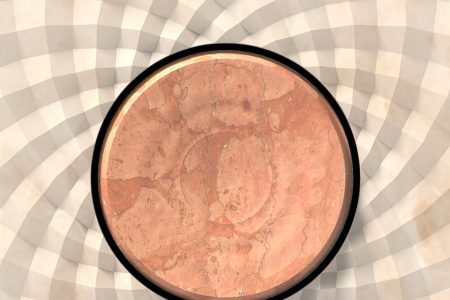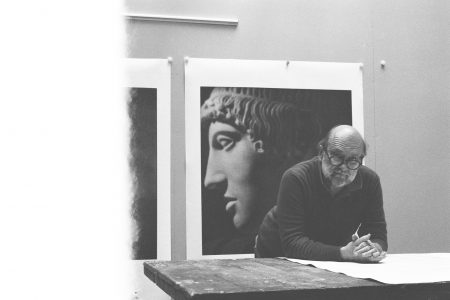Ateliers Hugo: A Line of Goldsmiths
A legendary goldsmithing workshop established the 1950s, in the South of France, continues to build on its legacy through contemporary collaborations.
From their workshop in Aix en Provence, in the South of France, Ateliers Hugo has been creating jewellery and limited editioned objects in gold since the early 1950s. The story is one for the history books – weaving in tradition, craftsmanship, legendary artists, and in doing so, helping to ignite a new movement for artist-made jewellery.
In the late 1940s-early 1950s, as France emerged from the devastation of WWII, François Hugo along with his wife Monique, established their goldsmith’s workshop, Ateliers Hugo, where François focused on creating enamel and metal buttons and objects mostly for fashion and commercial projects with such designers as Chanel and Elsa Schiaparelli. Hugo was friends with the artistic milieu of the day, many of whom were based in the South of France or spent a lot of time there – Andre Derain was the best man at his wedding and Max Ernst one of his closest friends. But it was Picasso who first approached Hugo to do a collaboration, as he was interested in making small plates in silver and Hugo had the skills and the re- sources. Others soon followed. “There was a first wave of pioneers from about 1956-1961, during which time no one was talking about jewellery as a serious form of art, but artists including Picasso, Derain, Ernst and, [Jean] Cocteau were experimenting with the medium, without considering any commercial value,” says Nicolas Hugo, the grandson of François, and who, since 2018, has been running Ateliers Hugo with his father, Pierre. François also established relationships with other contemporary artists of the day including Jean Arp, Roberto Matta, and Dorothea Tanning, all whom applied their distinctive vision onto small, gold objects.
Beginning in the late 1960s, but particularly throughout the 1970s, a “second wave” of artists began working with Ateliers Hugo at the initiative of Pierre, who took over the family business in 1975. This new wave of artists had a vision of experimentation but also one of creating editions to develop the commercial potential of the work as well. A gallery exhibition in Paris in 1967, at Galerie Le Point Cardinal, founded by Jean Hugues, helped reaffirm this potential and solidify this new movement. Pierre began developing projects with artists including Arman, César and Salvador Dali, who designed an incredible cutlery set with surrealist vegetal and insect motifs. The work began to be exhibited in museums and galleries such as the V&A and Grand Palais, further establishing it as both a desirable form of art and a collectible one as well.
While the demand was high, Ateliers Hugo has always remained a small, closely-knit family business. “I have heard hammering in the studio since I was a little kid,” says Nicolas. “This is a family business – we have lunch together, and it is important to keep that tradition. It’s a way of life,” he says.
Around 2010, thanks in part to Belgian art dealer and long-time family friend Sebastien Janssen, Ateliers Hugo began creating projects with contemporary artists including Ugo Rondinone, who created a 7-piece set of jewels to represent each day of the week, and Belgian artist, Eric Croes. Currently, they are working on an edition with American artist Josh Sperling, who is designing two pieces of jewellery, each in an edition of 6, that will be about 8 cm high and made of 60-grams of gold. Release date is scheduled for late 2022. While the process of hammering gold and creating beautiful jewellery, masks or objects is ancient, Ateliers Hugo has their unique stamp because of the tools and their approach. “The techniques are still the same as when we opened in the 1950s,” says Nicolas. We are not using new technologies but [we] continue to use the tools, which my grandfather developed.” There is a sense of keeping the traditions in place while considering contemporary ideas. With a team of just five people, the goal is to do about 1-2 new editions per year and edit the initial editions established between the artists and François Hugo.
“The essence of Ateliers Hugo is serving artists of the time. We have a catalogue that dates from 1950s and we are continuing the legacy,” says Nicolas. “It is our mission, in a sense, of being a witness of the times. My grandfather, father and now me, we are trying to shine a light on what’s happening today.”
@ateliershugo
